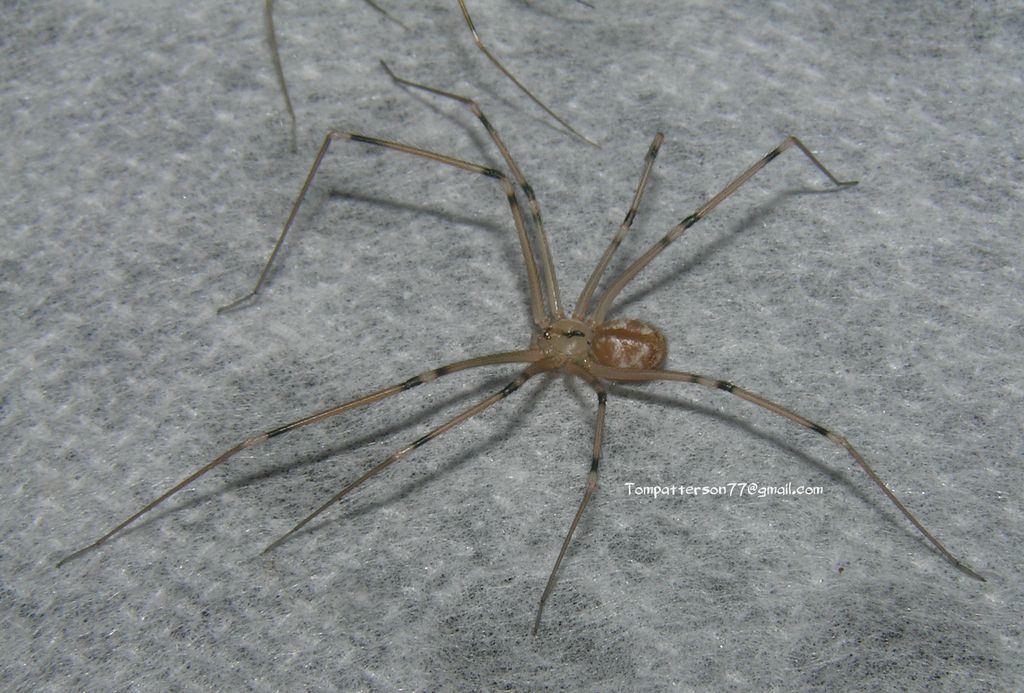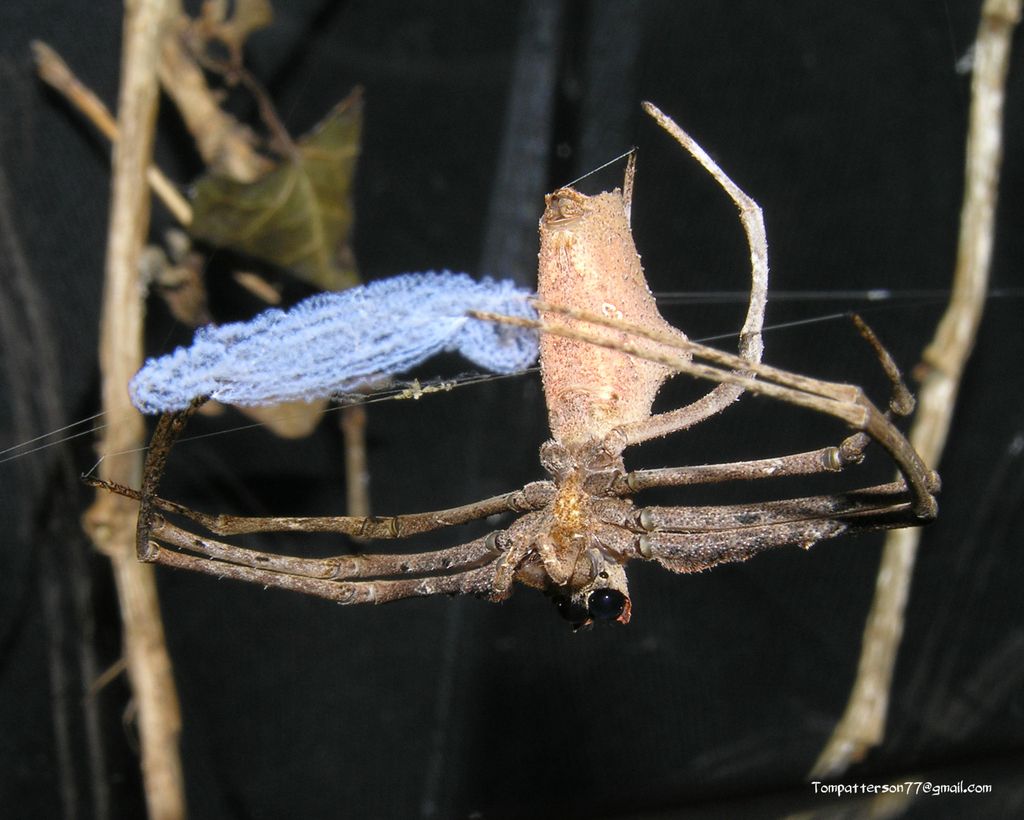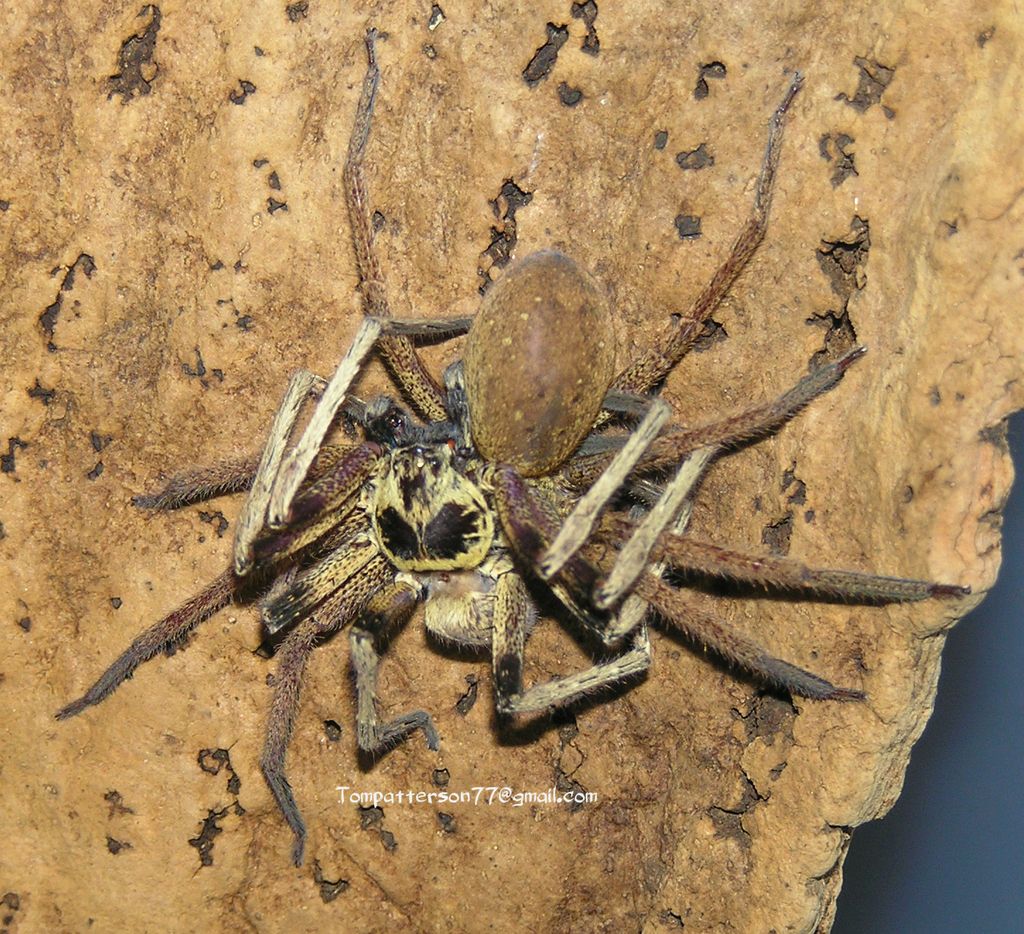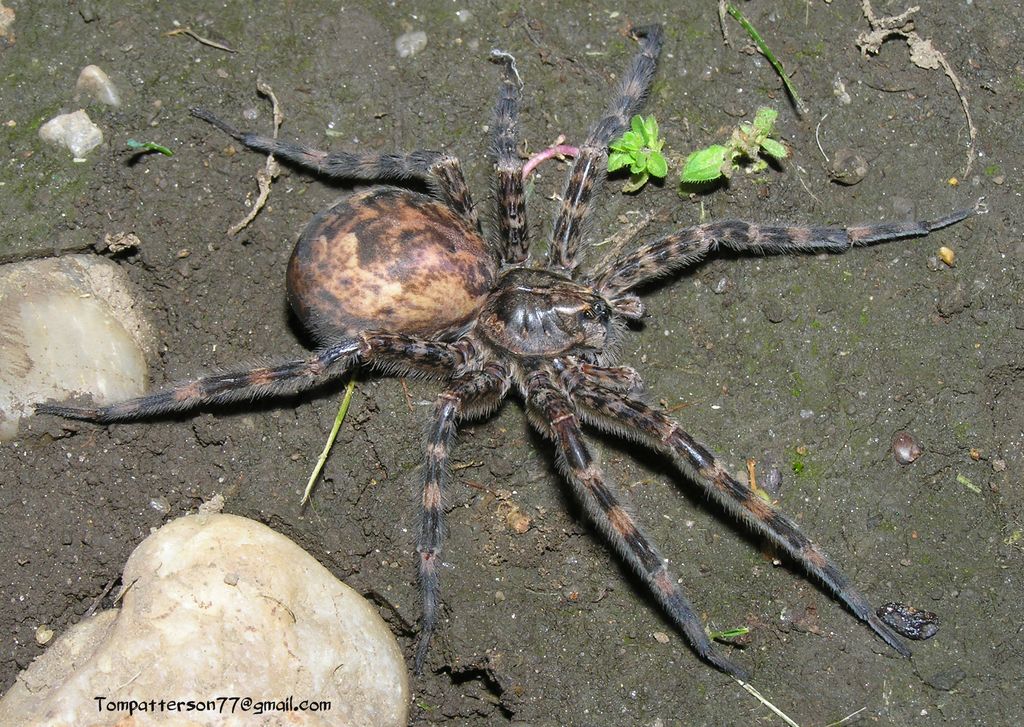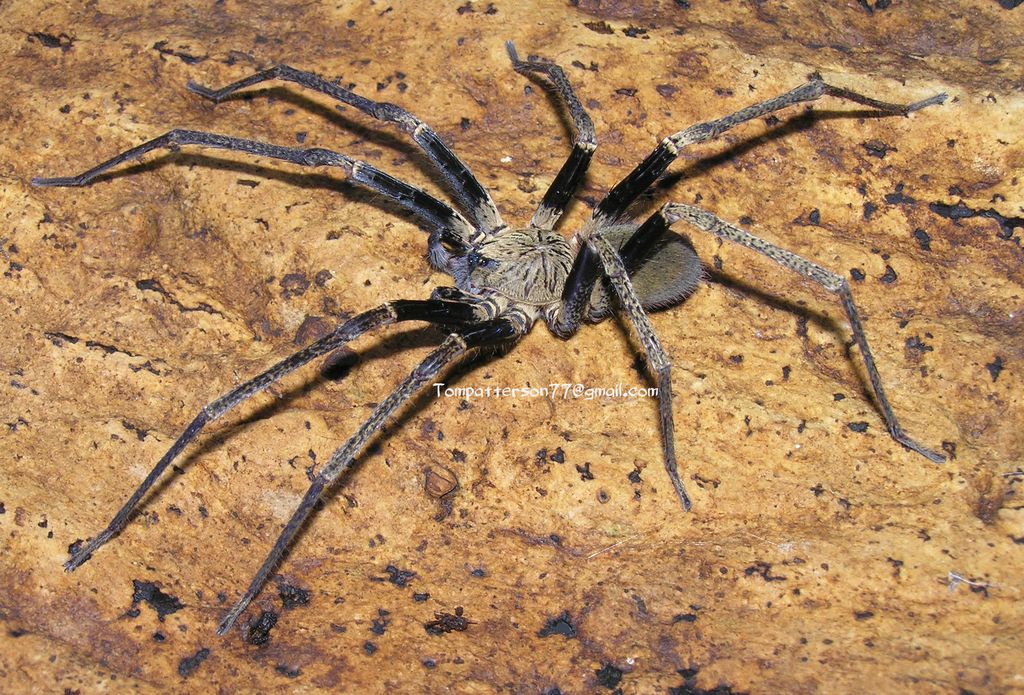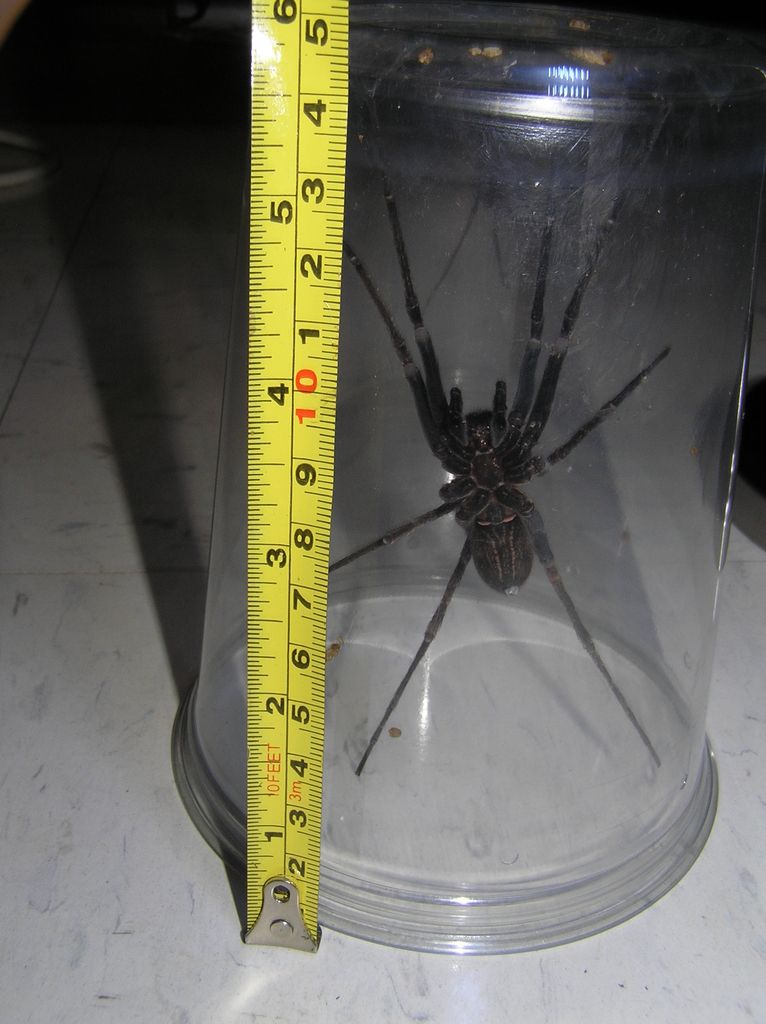- Joined
- Jan 4, 2003
- Messages
- 2,721
Its not always so easy. The piece of cork bark is placed in a large clear plastic tub. I keep the lid on as much as possible. I remove the spiders from their enclosure buy catching them in a clear 16oz cup then invert the cup over the piece of bark. Usually if you leave the spider in the cup on the wood for a few minutes, they will get comfortable and you can gently remove the cup. Obviously it doesn't always work and many spiders will take off as soon as you remove the cup. That's why it helps to have the cork bark in a larger container, so if the spider jumps off the wood they are still somewhat contained. I still have my share of fast spiders that zip right up and out of the top of the container though, so doing all of this in a room that is not cluttered with stuff helps if you need to chase after a spider on the looseHow do you get your sparassids and ctenids to cooperate and stay on that piece of bark you use for photoshoots?

I simply just label them the way they are sold to me, until a better fitting name comes along. You may very well be right as it does look like the google images of L. revivensis. Thanks for that. The all black ones were labeled Latrodectus tredecimguttatus (Israel) , and then the same dealer was calling these that I got Latrodectus tredecimguttatus (Croatia) which is probably labeled correctly then. Thanks!Are you sure that isn't an L. revivensis? L. tredecimguttatus usually has very prominent dorsal markings in bright red. This looks more like L. revivensis to me....
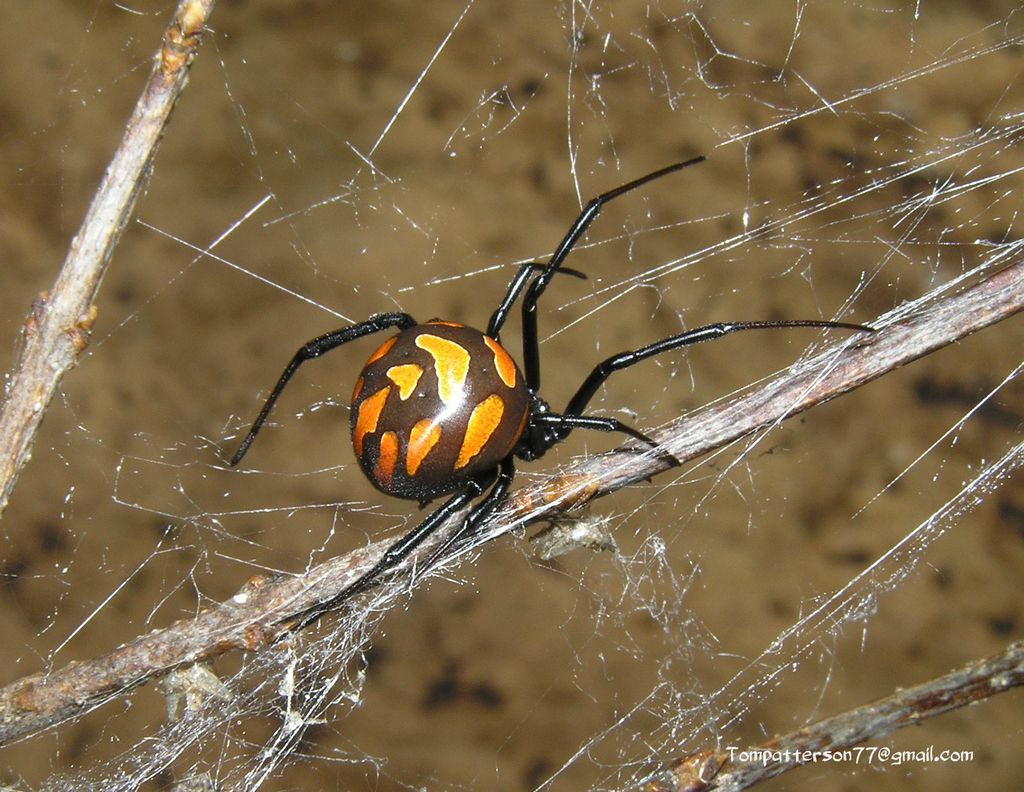
What if this isn't old good Latrodectus tredecimguttatus, four fatalities here due to their bite in the early '90. Not anymore spotted today in the five lands.I simply just label them the way they are sold to me, until a better fitting name comes along. You may very well be right as it does look like the google images of L. revivensis. Thanks for that. The all black ones were labeled Latrodectus tredecimguttatus (Israel) , and then the same dealer was calling these that I got Latrodectus tredecimguttatus (Croatia) which is probably labeled correctly then. Thanks!
Later, Tom
Hi Chris, can you elaborate, I'm not sure if I understand what your saying.What if this isn't old good Latrodectus tredecimguttatus, four fatalities here due to their bite in the early '90. Not anymore spotted today in the five lands.
Sorry Tom, my English is crap. The spider in the pic, is definitely imo Latrodectus tredecimguttatus, Theridiidae family, in sum the "Mediterranean Black Widow", or, as we call them using her common name, "Malmignatta"Hi Chris, can you elaborate, I'm not sure if I understand what your saying.
Thanks, Tom
Ahh, I see. Thanks for the info, I'll be sure to keep my finger out of their cagesSorry Tom, my English is crap. The spider in the pic, is definitely imo Latrodectus tredecimguttatus, Theridiidae family, in sum the "Mediterranean Black Widow", or, as we call them using her common name, "Malmignatta"
This spider (however i've heard not anymore spotted today, here in the wild, from years) is, along with Loxosceles rufescens, two of Italy's (they are native of other Mediterranean nations as well, of course) "hot" spiders.
In the time period between late '80 to early '90, four fatalities happened in Italy due to their bite (Latrodectus, i mean) near the "Cinque Terre" (Five Lands) in Liguria region, Italy.
Absolutely. You know better than me now this, deal with them as you would do with a USA Black Widow and everything will be fine. No enthusiasts have spotted them anymore in the wild in Liguria region, but i don't know for center Italy, like in Lazio region (where the local people call the spider "button spider").Ahh, I see. Thanks for the info, I'll be sure to keep my finger out of their cagesSo L. tredecimguttatus can come spotless too? Interesting, thanks again!
Later, Tom
